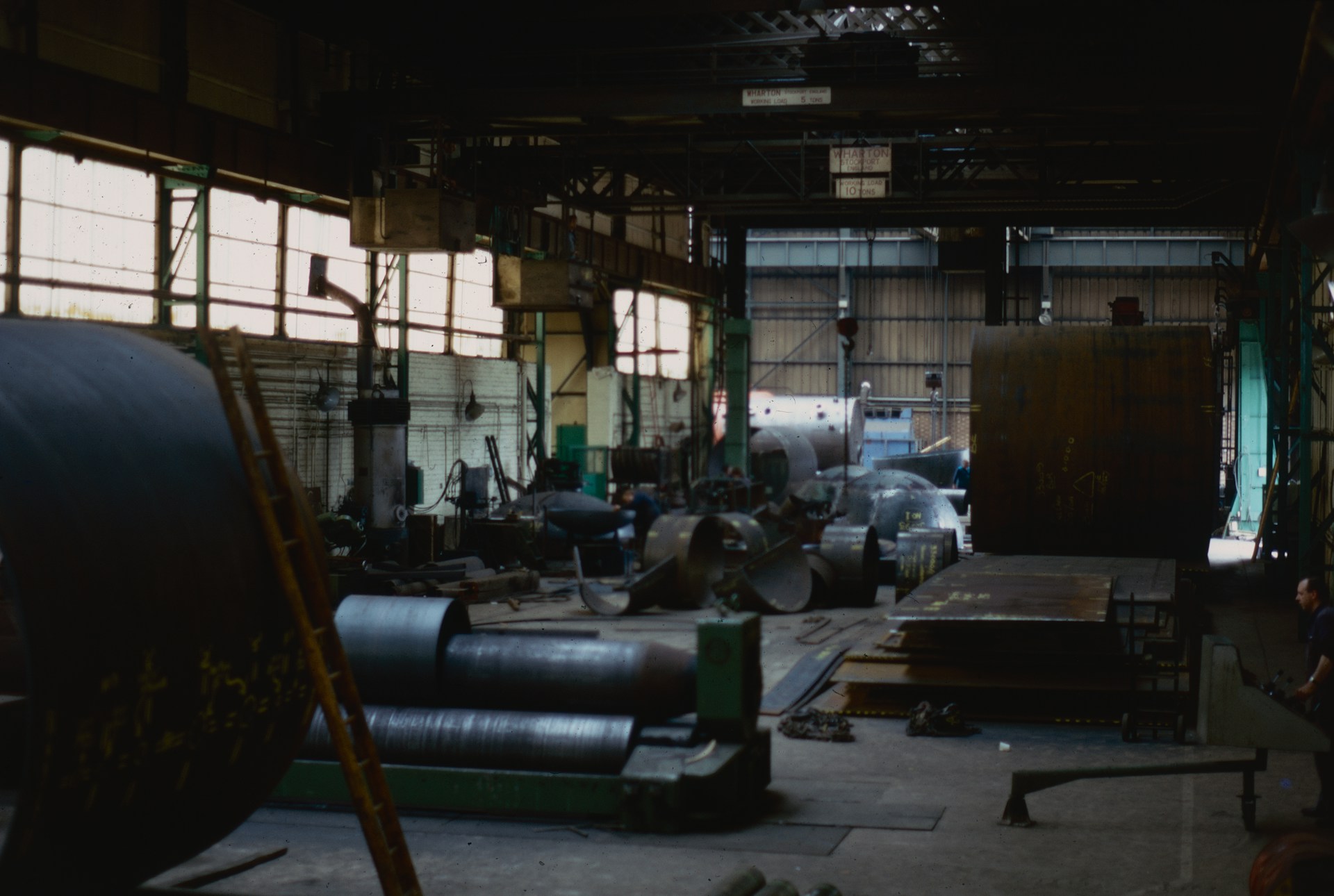Every business’s manufacturing department is about precision, efficiency, and meeting demand. Yet, many departments still struggle with delays, unexpected costs, and production slowdowns. Often, the problem isn’t a lack of effort- it’s a lack of strategy.
Reactive problem-solving leads to wasted time and resources. Instead, successful manufacturers take a proactive approach, optimizing their processes before inefficiencies become major setbacks. They understand that the right combination of technology, workforce training, and streamlined operations can significantly improve output while cutting costs.
Having said that, below, we’ll dive into proven strategies to help you refine your processes, eliminate bottlenecks, and enhance overall efficiency in your manufacturing department. Let’s cut to the chase!
Use Real-Time Data for Smarter Decision-Making
Manufacturing success depends on data-driven decisions. Instead of relying on outdated reports, real-time data provides instant insights into production performance, equipment status, and supply chain issues.
Implementing an Industrial Internet of Things (IIoT) system allows manufacturers to track machine performance, identify inefficiencies, and prevent unexpected breakdowns. Real-time dashboards help managers monitor production rates, spot potential delays, and adjust workflows immediately.
By integrating smart data solutions, manufacturers can make informed decisions, reduce downtime, and optimize resource allocation. It can also help forecast demand and improve overall efficiency.
Investing in Machinery and Equipment to Prevent Downtime
Unplanned downtime is often costly for manufacturing operations. When machines break down, production stops, deadlines are missed, and profits take a hit. Investing in reliable machinery helps prevent these disruptions and keeps operations running smoothly.
Modern equipment is built for efficiency, precision, and durability. Upgrading outdated machines improves performance, reduces maintenance costs, and enhances overall productivity. However, buying new equipment isn’t always necessary. That’s why many businesses look for suppliers who are a good source of surplus machinery as well as new and old equipment. It allows them to access equipment based on their need and financial condition.
Nevertheless, preventive maintenance is also crucial. Regular servicing, inspections, and software updates help extend the machine’s lifespan and reduce unexpected failures. Proactive investment in machinery ensures consistent production, minimizes downtime and keeps manufacturing processes efficient and cost-effective.
Optimize Inventory Management to Reduce Waste
Stating the obvious, poor inventory management leads to excess stock, production delays, and financial losses. On the other hand, a well-structured inventory system ensures materials are available when needed without overstocking or understocking.
Using an inventory management system with automated tracking helps monitor stock levels, forecast demand, and prevent material shortages. Just-in-time (JIT) inventory techniques reduce excess storage costs while ensuring a steady flow of materials.
Additionally, setting up supplier integration systems can streamline ordering processes, reduce lead times, and minimize disruptions. When manufacturers have the right materials at the right time, production runs smoothly, and waste is significantly reduced.
Invest in Employee Training for Maximum Efficiency
Technology and processes are only as effective as the people operating them. Regular training programs help workers stay updated on the latest manufacturing techniques, safety protocols, and equipment handling.
Following OSHA (Occupational Safety and Health Administration) guidelines ensures that employees receive the necessary training to operate machinery safely, reduce workplace hazards, and comply with industry regulations.
OSHA-compliant training covers essential topics like machine guarding, hazardous material handling, emergency response, and personal protective equipment (PPE) use.
Cross-training employees ensures that staff can perform multiple roles, reducing reliance on specialized workers. This flexibility helps maintain productivity even when team members are absent. This way, manufacturers reduce workplace injuries, avoid costly violations, and create a more efficient and safety-focused workforce.
Automate Repetitive Tasks for Faster Production
Last but not least, manual processes slow down production and increase the risk of human error. By automating repetitive tasks, manufacturers can improve speed, accuracy, and consistency.
Automation includes robotic process automation (RPA), AI-driven quality control, and conveyor systems that reduce the need for manual handling. For example, automated assembly lines streamline production by performing tasks with precision, reducing waste, and ensuring uniformity.
By investing in automation tools, businesses can eliminate slow, labor-intensive processes and allow workers to focus on high-value tasks. This not only enhances productivity but also reduces long-term labor costs and minimizes costly mistakes.
To Sum It All Up
A well-structured manufacturing department doesn’t just happen—it requires proactive planning and smart investments. By upgrading equipment, automating processes, improving inventory management, and training employees, businesses can reduce downtime and improve efficiency. Preventive maintenance and real-time data tracking further help in avoiding costly disruptions.
All in all, success in manufacturing comes from staying ahead of potential issues before they turn into major setbacks. If your company embraces these strategies, you will enjoy smoother operations, higher productivity, and long-term profitability in an increasingly competitive industry.






